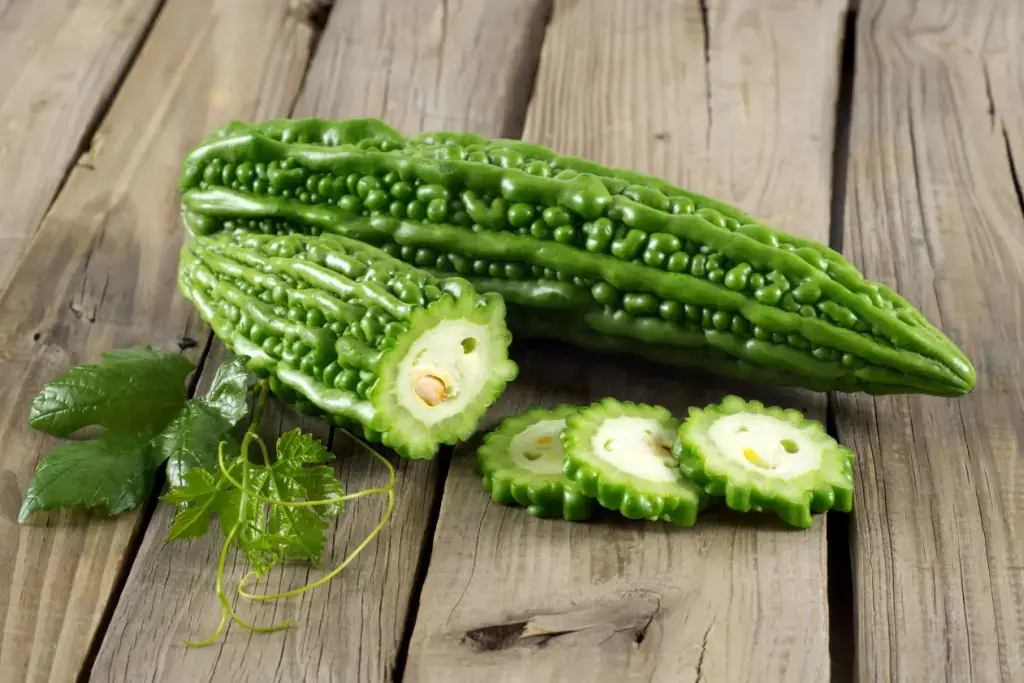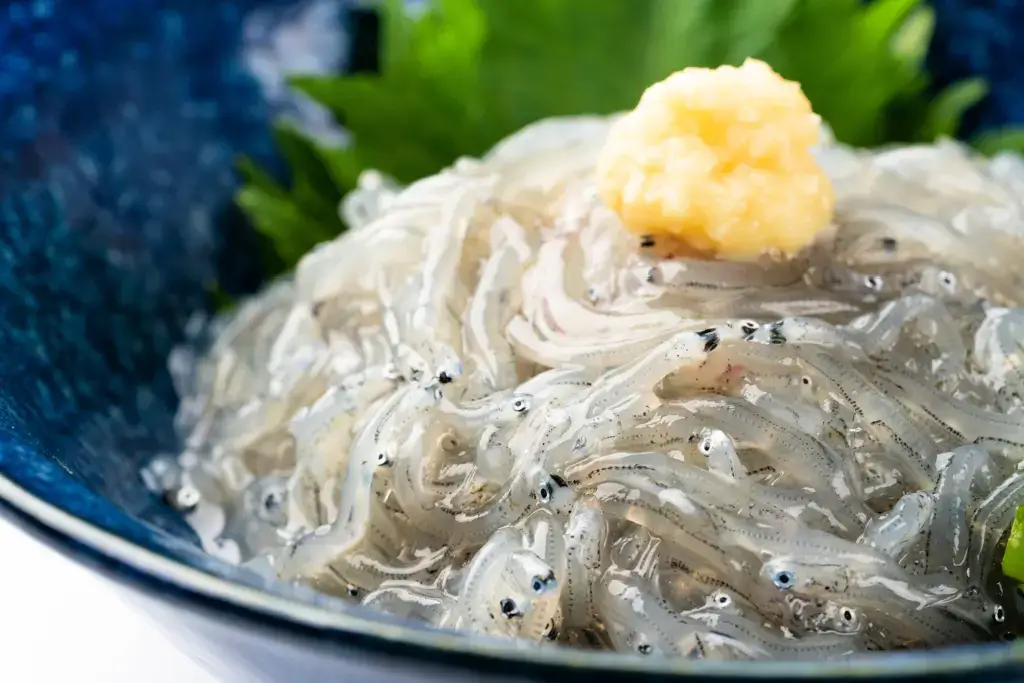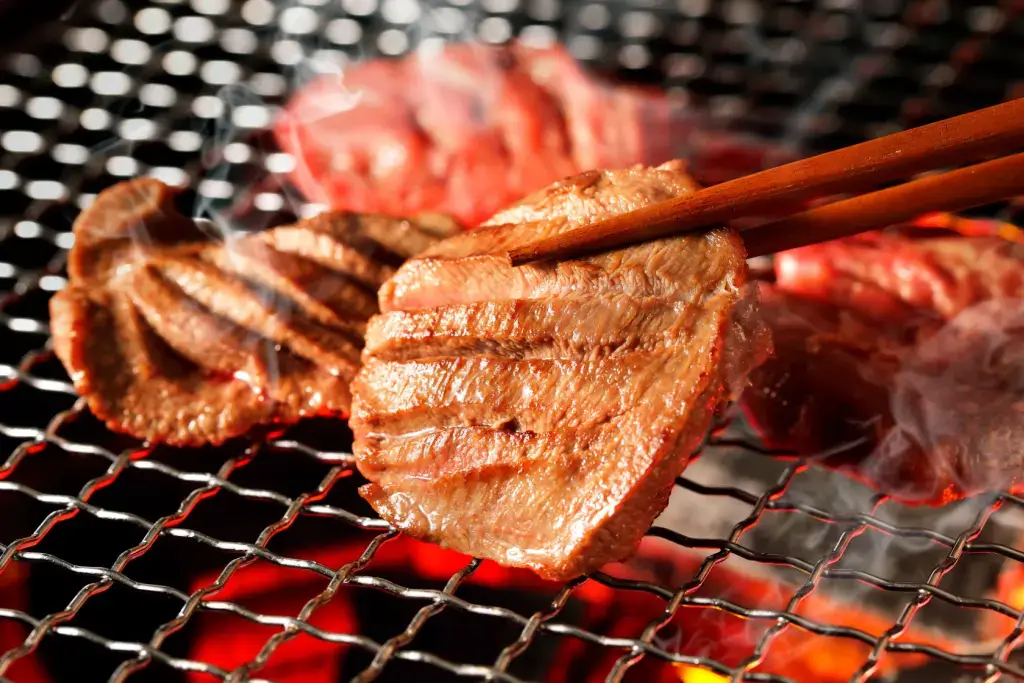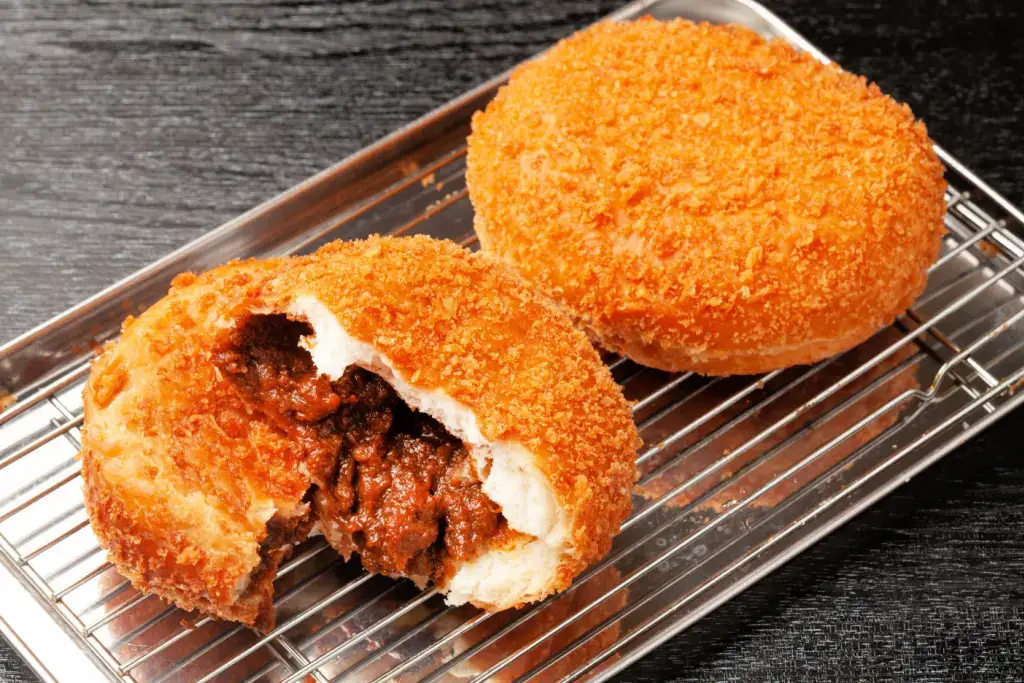Many tourists expect sushi to be as out there as it gets. However, there is a wide range of rare and unusual foods, like sea grapes, that you may not know about. Some of these foods are less well-known in foreign countries but are common in Japan. A few of the items are unusual delicacies, even for Japanese people.
Many of these are incredibly delicious, while others should be reserved for the more adventurous. Yet these unique Japanese foods provide the opportunity for a memorable dining experience on your next visit. Some foods may appear strange to foreigners but are delicious and findable in Japan.
Table of Contents
ToggleSea Grapes
An Okinawan food specialty, umi budo (sea grapes) are not grapes but a form of seaweed. Imagine tiny, translucent strings of delicate green pearls clustered together like a mini underwater vineyard. They resemble tiny grapes and are salty, juicy bubbles with a refreshing flavor that bursts in your mouth. The natural saltiness from the sea, along with the unique texture, is what makes this seaweed so delicious.

In Japan, umi budo usually consists of sushi or salad topped with seafood or fresh fish. People generally eat it raw, dipping it in soy sauce or vinegar. Many Okinawan restaurants offer it as a cheap, healthy, and delicious dish, perfect for vegetarians.
Bitter Melon
Essentially a bitter melon, goya has a longer shape and a bumpy texture on its skin. Traditional Japanese cuisine uses this vegetable in various dishes. You can add Goya to salads, turn it into a smoothie, or even eat it tempura style (deep-frying seafood or vegetables). It offers a unique taste and allows you to try another excellent traditional Japanese food.

The benefits of this food extend beyond its taste. Researchers have identified Goya as one of the key dietary staples contributing to Japan’s world-famous longevity. Its lightly bitter flesh has medicinal value, notably in regulating blood sugar!
Looking to experience some one-of-a-kind Japanese treats? Check out Sakuraco! Sakuraco delivers traditional Japanese snacks, teas, and sweets from local Japanese makers directly to your door so you can enjoy the latest treats directly from Japan!
Shirasu
Shirasu (whitebait) are tiny, immature white fish that look similar to baby Japanese anchovies. People catch shirasu along Japan’s coasts in the spring and fall. This fish is rich in protein, vitamin D, calcium, and magnesium and can be eaten with bones.

It is actually incredibly delicious, especially with the variety of sauces it comes in. When served raw, it’s light, mild-tasting, and creamy. Raw shirasu has the qualities of fresh cheeses. The taste is not too fishy and refreshing, while the texture is snappy and enjoyable. When dried, it’s commonly served as an appetizer or a topping on rice.
Gyutan
Gyutan (cow tongue) is thinly sliced pieces of grilled beef tongue. Thanks to its high-fat content, gyutan has a melt-in-your-mouth texture. While slightly chewy, it is usually marinated and dipped in unique sauces, soaking up many delicious flavors. It’s the perfect addition to a bowl of rice for donburi (rice bowls). Gyutan is also a common ingredient in curry and stew dishes.

Gyutan is typically served with barley rice, oxtail soup, and pickled vegetables. The beef tongue is salted and then grilled on an open charcoal grill, resulting in a tender and juicy texture with a slightly charred exterior. While initially considered an unusual dish, gyutan gradually gained popularity throughout Japan as people transferred from Sendai and spread its reputation to other cities
Karepan
Karepan (curry bread) is a popular breakfast food in bakeries alongside sweet breads and croissants. Even though it looks like a doughnut, it is not sweet. Instead, it has a savory curry filling and a breadcrumb topping. There’s nothing more satisfying than biting into a crispy and chewy bread that reveals mildly spiced Japanese-style curry inside. This pastry also comes with different types of curry filling, such as beef, minced meat, and sausage. The outer dough is like a bun, making it convenient for eating curry on the go.

Why should I try rare Japanese foods like sea grapes?
Japanese cuisine is famous for its exquisite flavors and unique culinary traditions. Some of these rare foods may not look appetizing or might even sound inedible. However, Japanese food is unique and delicious because of the various ingredients and cooking styles. The Japanese are willing to try and invent. Be brave and keep an open mind; you may be surprised by what you come to like! Have you tried any of these rare Japanese foods before? Do you have a favorite one? Let us know in the comments below!










